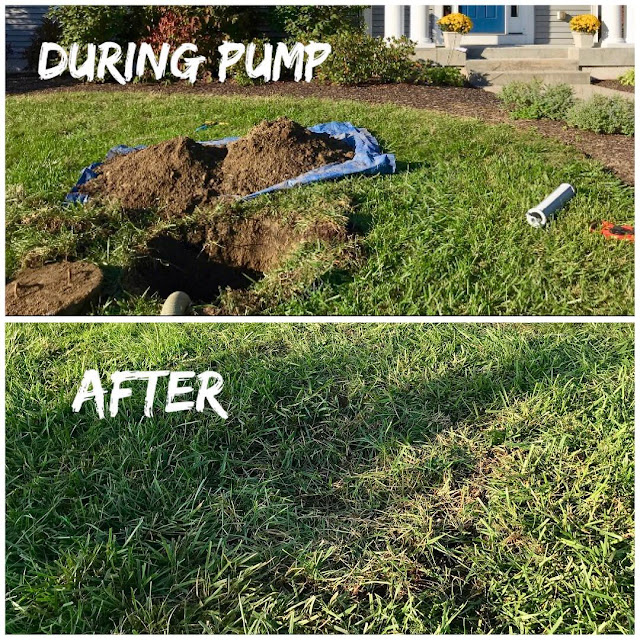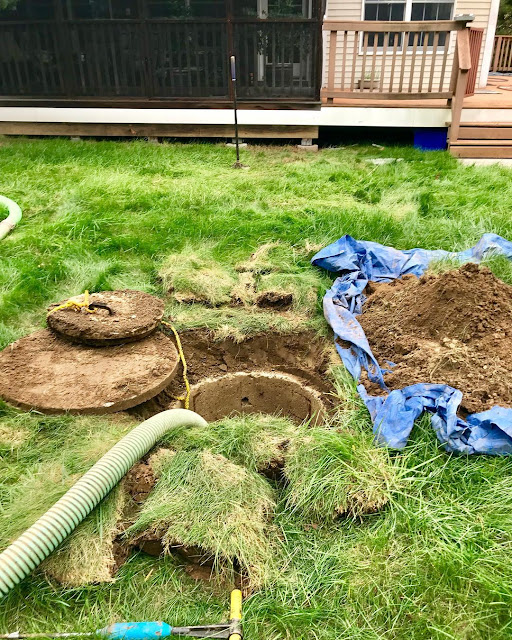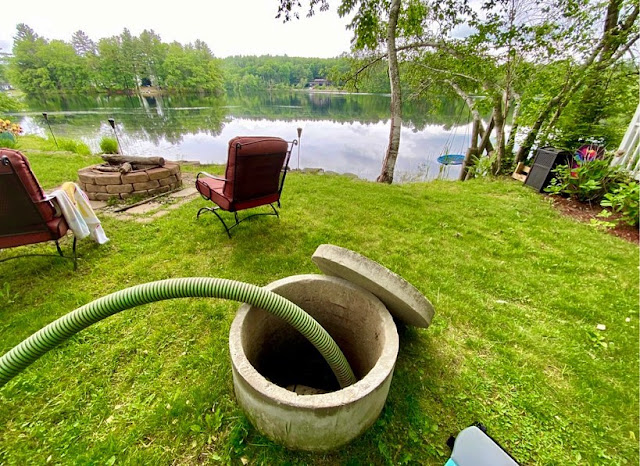What to do after septic tank is pumped

What to Do After Your Septic Tank Is Pumped: Essential Post-Pumping Steps Pumping your septic tank is an important maintenance task that helps keep your septic system running smoothly. However, the process doesn't end with the pumping itself. After your septic tank has been pumped, there are several crucial steps you should take to ensure the continued effectiveness and longevity of your system. In this article, we will guide you through the essential post-pumping actions you should follow. Verify Completion and Inspect Once the pumping service has completed the job, take a moment to verify that the septic tank has been fully emptied. Look inside the tank through the access port or ask the service provider for confirmation. It's also advisable to conduct a visual inspection of the tank's interior for any signs of damage, such as cracks or leaks. Close the Tank Access Properly Ensure that the access port or lid of the septic tank is securely closed after pumping. This will p


